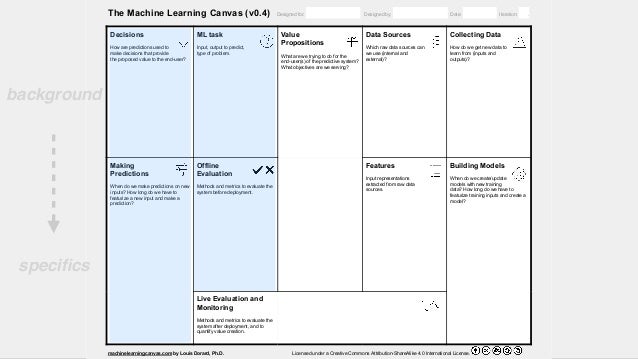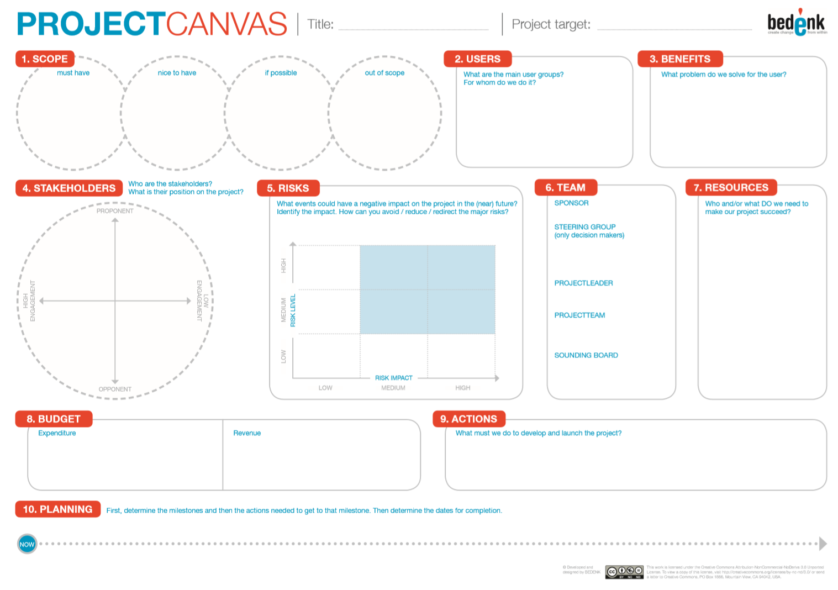
, 2019: On big data, artificial intelligence and smart cities. Riedl's contention: If a machine can create art that is indistinguishable from human art, then the A.I. produce a range of creative work - paintings, poems, designs - that expert observers would find indistinguishable from the work of a human artist. In an effort to resolve the issue, computer researcher Mark Riedl recently proposed a new variation on the Turing Test, designed to identify true artificial intelligence. But while Cohen describes AARON as an A.I., he has officially left the issue of Art as an open question. AARON's drawings are created though a system of custom printing machines and have been exhibited at the Tate Gallery in London. Developed by painter and computer scientist Harold Cohen, the program has gone through different stylistic periods in which it has created both highly abstract and highly representative images. , for instance, has been creating original artistic images since 1973.
AI PROJECT CANVAS SOFTWARE
Even if a machine does generate original images - or objects or manuscripts - do these creations truly constitute artistic expression? The software system known as The program has recently branched out to start producing sculptures, animations and poetry.īut there's still that sticky question about Art, with a capital A. The Painting Fool also learns from its mistakes and Colton is continually adjusting the A.I.'s algorithms to meet his seven criteria for true creativity: skill, appreciation, imagination, learning, intentionality, reflection and invention. If its mood is dark enough, it might not paint at all. The Painting Fool makes its choices depending upon processes that govern the machine's "mood" - for instance, scanning text from a newspaper. system, adapted for exhibition in galleries, takes a digital picture of each visitor then selects from thousands of abstract templates and image filters. Another open question: Can you even term a machine-generated image or object as "Art"?īritish computer scientist Simon Colton has been exploring these questions with his A.I. But artists and historians have historically disagreed over whether such exhibits are truly created by computers, or whether computers are simply another tool used by the human artist. Machine-generated art has been exhibited in galleries all over the world since at least the 1960s. See the Dreams of an Artificial Brain: Photos

We take a look at it here, along with some other examples of machine-generated art. But Deep Dream is not the first computer to generate art. The results are trippy, to say the least. After training the system with thousands of images of a particular object - a starfish, say - the team discovered that the neural network would identify "starfishy" elements in other, unrelated images. It gets technical, and a little existential, but the basic gist is that by running an image recognition processes in reverse, an image recognition system was able to generate original images rather than just identify them.
AI PROJECT CANVAS CODE
That used Deep Dream's source code to create psychedelic art out of ordinary images. Yesterday, a team of four engineering students atĪnnounced via Popular Science, that they were coming out with an app called

system, Deep Dream, that could see pictures in clouds and even (arguably) create original art. The detailed 16" x 20" canvas is a full-color portrait that requires about 24 hours to complete, Van Arman says.Ī few weeks back, researchers with Google's artificial neural networks team issued aĪbout its A.I. The 4" x 6" postcard style converts photos into a simple line sketch and takes the machine about five minutes. Paintings come in five different sizes, each with a different level of detail. The bitPrintr robot is actually the fifth iteration of a system he's been working on for a decade.īackers can upload digital photos and get their portraits mailed to them, with expected delivery for the initial batch in December 2015. He's also developed a remote interface for making adjustments on the fly as the robot paints. "It paints using it's own artificial intelligence and my artistic direction," Van Arman says on his intriguing Kickstarter page. Putting the Art in Artificial Intelligence: Photos Unlike photo booth computer portraits - which are essentially just printers - the bitPaintr bot uses real brushes, paints and canvas. Van Arman's bitPaintr project is a robotic system that paints portraits using customized robotic artificial intelligence. But for the last 10 years he's been trying to delegate some of the work. Artist Pindar Van Arman has been painting his entire life.


 0 kommentar(er)
0 kommentar(er)
